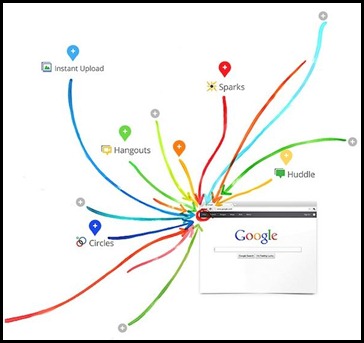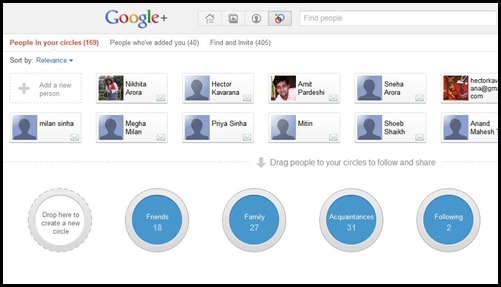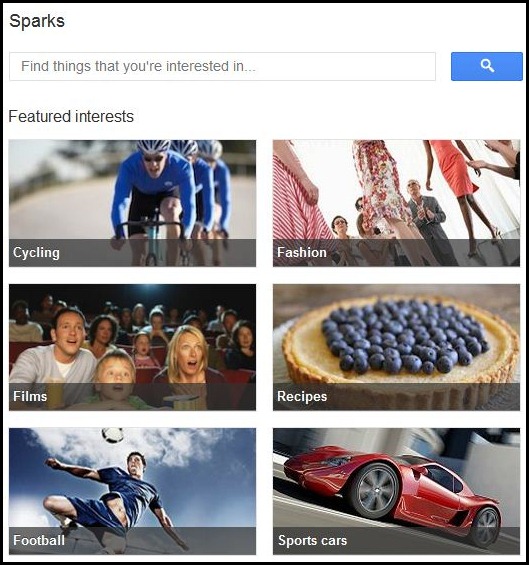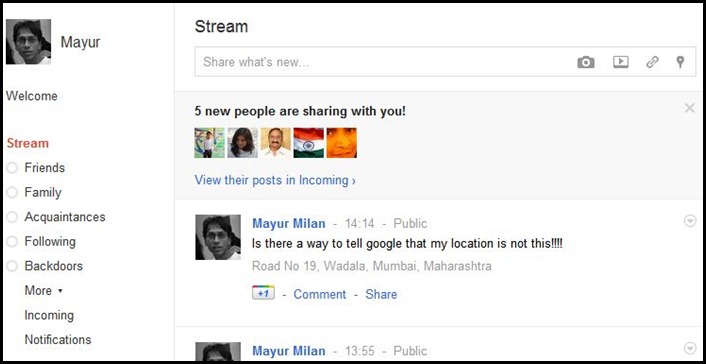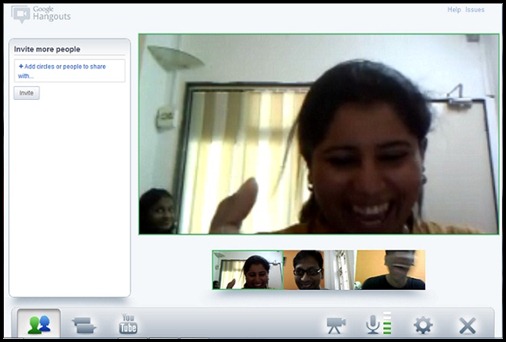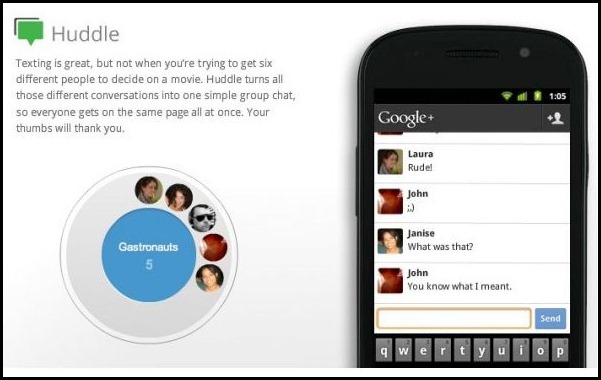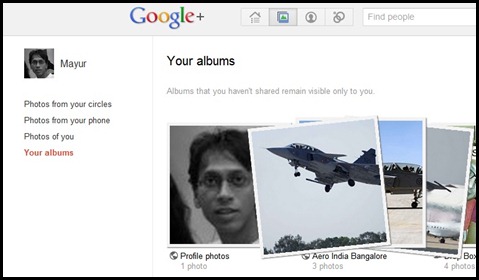Over the past few years, social media has become an important tool of marketing. Big brands have invested in the new media hoping to hook the audience to their products. And, with the success of the platform, the brands are now looking to leverage the tool for enhancing their brand equity via social causes’ route.
Social responsibility goes social
With growth of Facebook and twitter and the rise of social media marketing, it is no surprise that then this medium would now be used to promote corporate social responsibilities (CSR). While the brands are slowly starting to embrace this route, many social causes have already been promoted to good result via Facebook and other social platforms.
Social Causes Promoted via Social Media
Not just local public cause, social media has played key role in national causes. The public led campaigns against issues in countries like Libya, Egypt and India has shown what this medium is capable of. And if harnessed properly, the medium can deliver like none other.
Reaching the masses
In India, there are 31 million Facebook users, while the total number of active users on social media is expected to be 45 million by year 2012. This platform is growing and how. There is no denying that social media provides the easiest, and most cost effective route of reaching such an audience.
Engaging the influencers
A key tool for any cause based program is to have the experts opinion put forth. A doctor talking about a health related issue makes the cause look that much more credible. Social media provides this opportunity to all the brands.
With over 40000 active bloggers who have built a major clout with their writing, brands can engage with these writers while talking about the cause and make them understand their fight. They in turn would then promote the cause and bring credibility to program.
Philips LinkedIn Innovation in Health
Not just blogs, lot of professionals are on social media, who can be engaged through their inputs and dialogues with general public in order to make the cause support that much more real and beneficial for normal people.
Key Benefits:
It also provides key benefits that any brand looks from a CSR or cause promotion. It helps brands in:
-
Improving Social Welfare
-
Establish differentiated brand positioning
-
Create strong consumer bond
-
Enhance brand equity
-
Boost internal morale
-
Drive Sales
-
Drive market value of firm
Acceptance of the campaign
A lot of skeptics have questioned the acceptance of a social media campaign. The fact that it is perceived as a youth platform makes them feel the whole seriousness of the issue would be lost. What they are not realizing that in a country like India, 66% percent of the population falls in the youth category. Thus, addressing them on their choice of platform is key to making them talk and think about the cause. And that’s not about it.
End Cause
The result of a social media campaign can be gauged through response generated either through number of people who have registered for the cause or amount of money donated through the program. Also, the success of the program can be gauged through how well the program has been able to improve the lives of people who supported the campaign. There are no shortages of examples of the same in India. Brands like Fair and Lovely have contributed majorly towards growth of the society via this platform. The Fair and Lovely Foundation has reached out to over 300 girls in just 7 years and changed their lives.
Brand led campaigns
Similarly Aircel has managed to build a support of over 300,000 people for save the tiger campaign. The major highlight of this campaign was making people believe that they can contribute to a cause which previously they though they can’t do much about.
And that is the victory that social media can lend to a corporate social responsibility or a cause promotion by a brand. It can make people feel important; it can make them feel like a responsible citizen. That they can make a contribution to any cause that they feel for through this channel makes it that much more powerful.


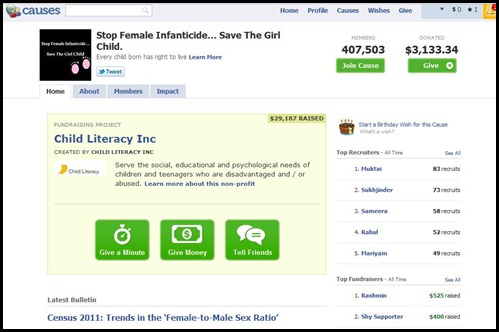
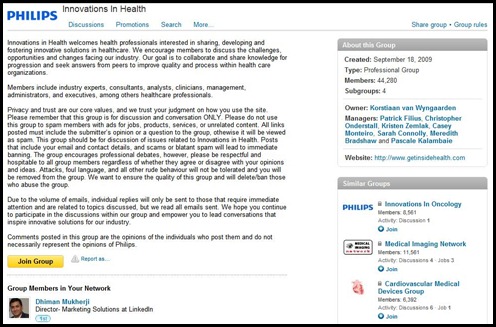
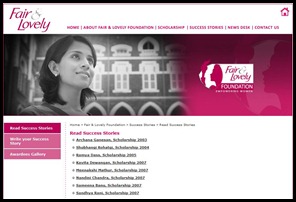
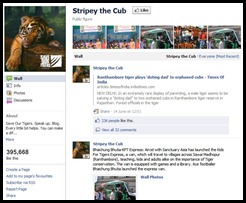
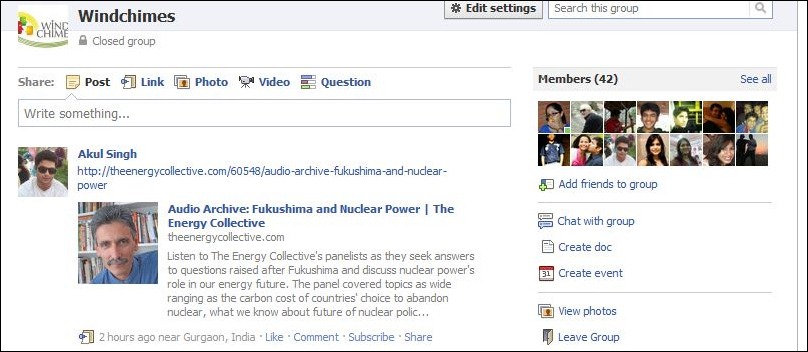
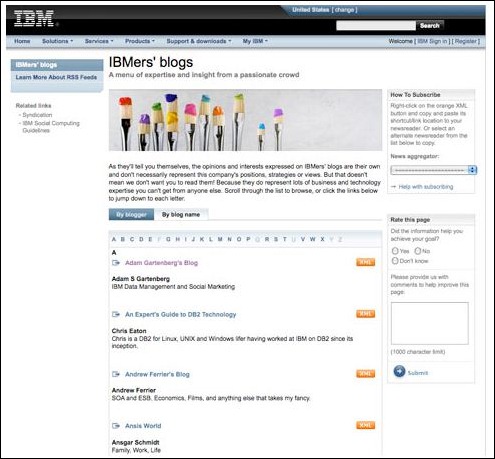
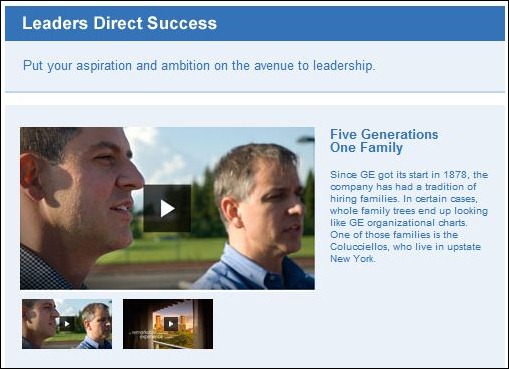



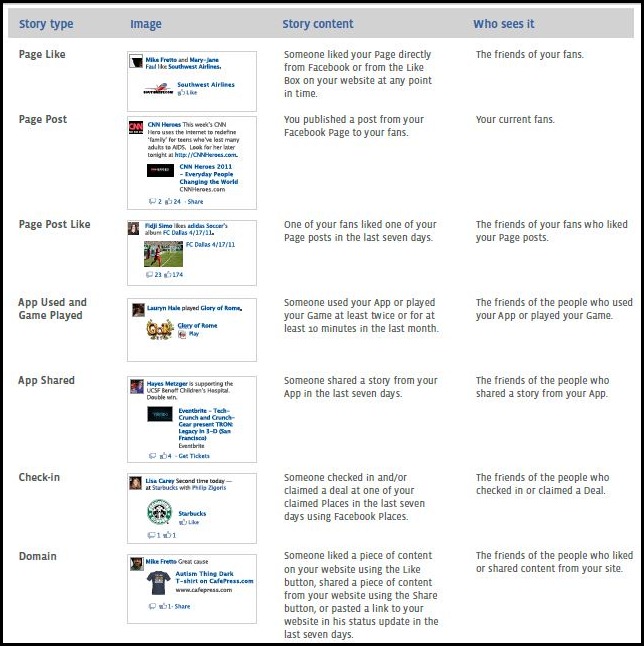
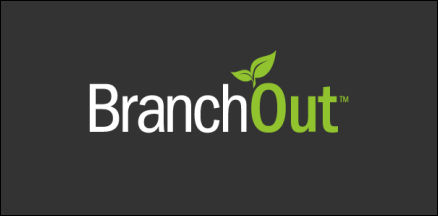

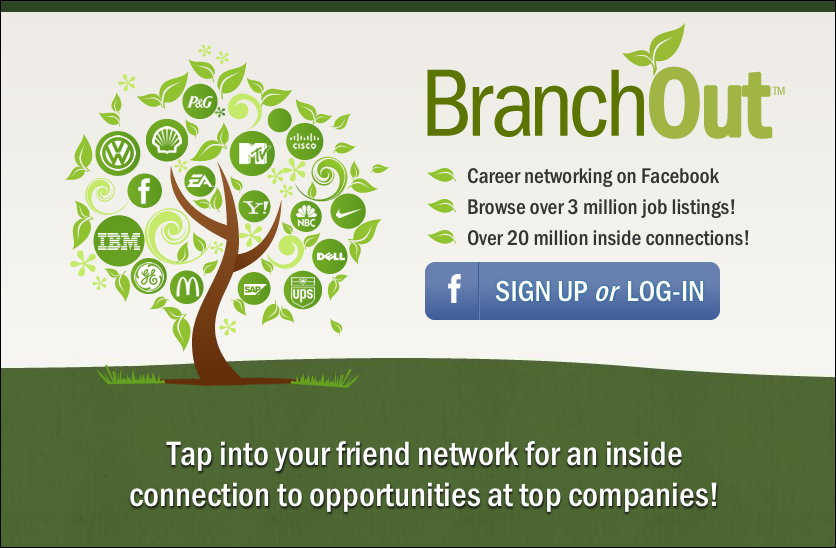
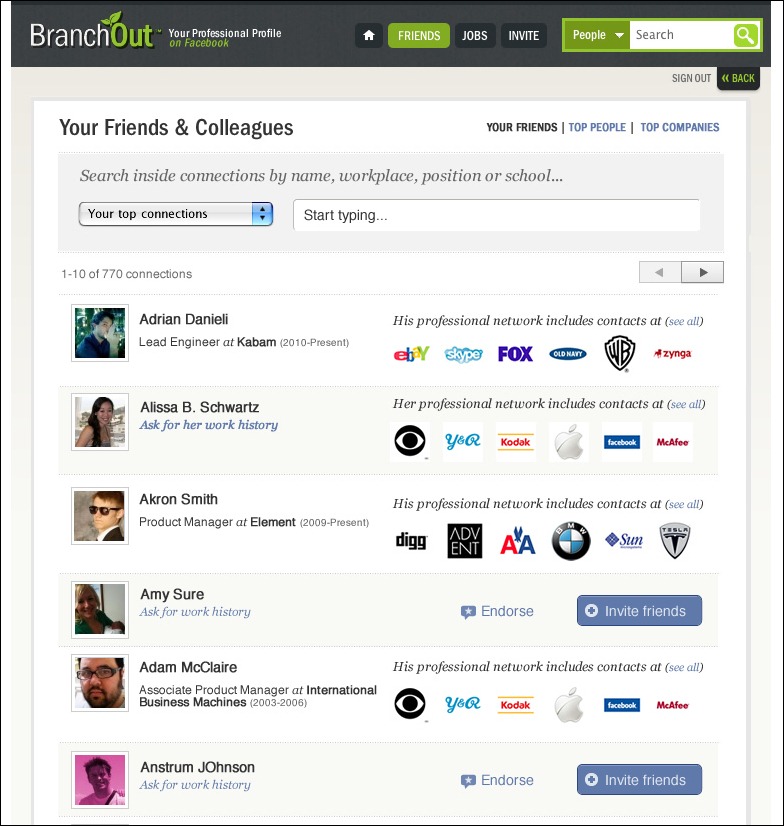

![image[44]](https://windchimes.co.in/blog/wp-content/uploads/2011/08/image44_thumb.png)
![image[59]](https://windchimes.co.in/blog/wp-content/uploads/2011/08/image59_thumb.png)

